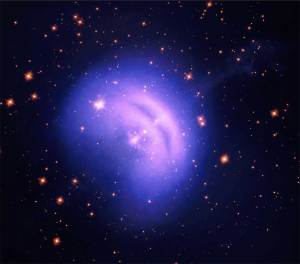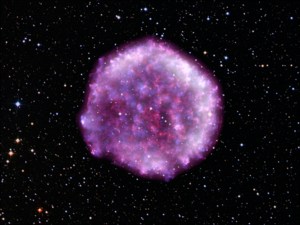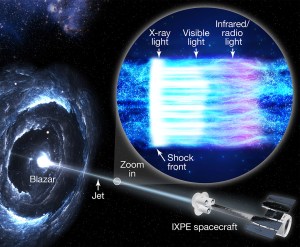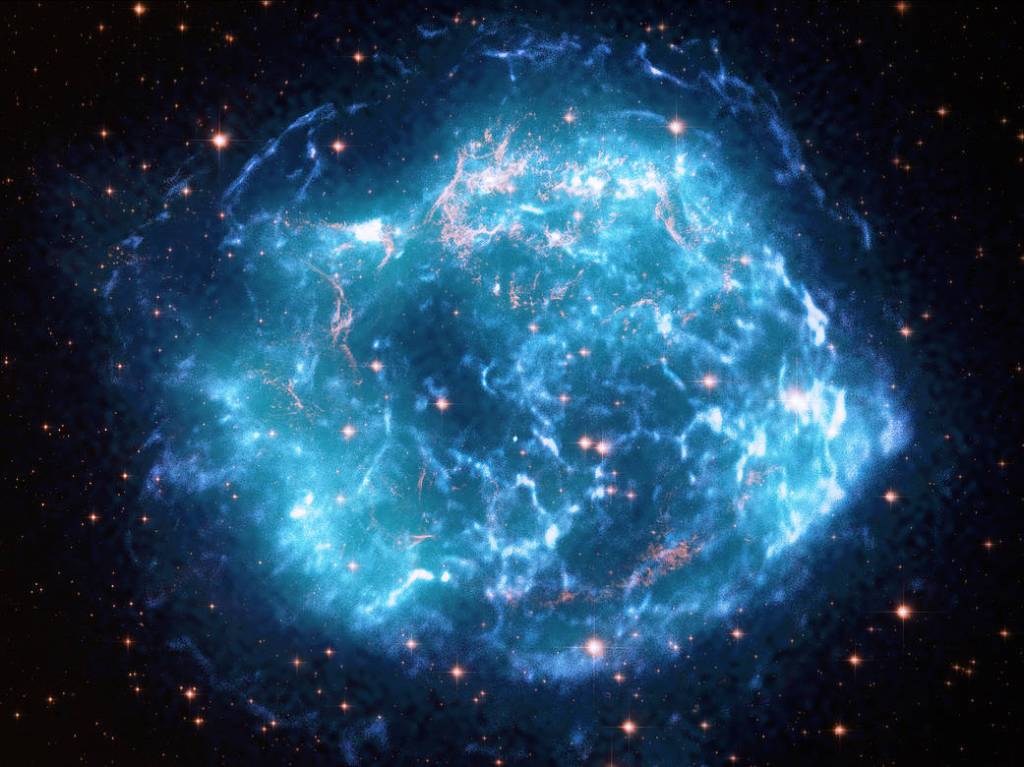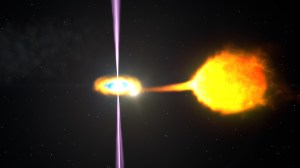Imaging X-ray Polarimetry Explorer (IXPE)
IXPE is NASA’s first mission to study the polarization of X-rays from many different types of celestial objects.
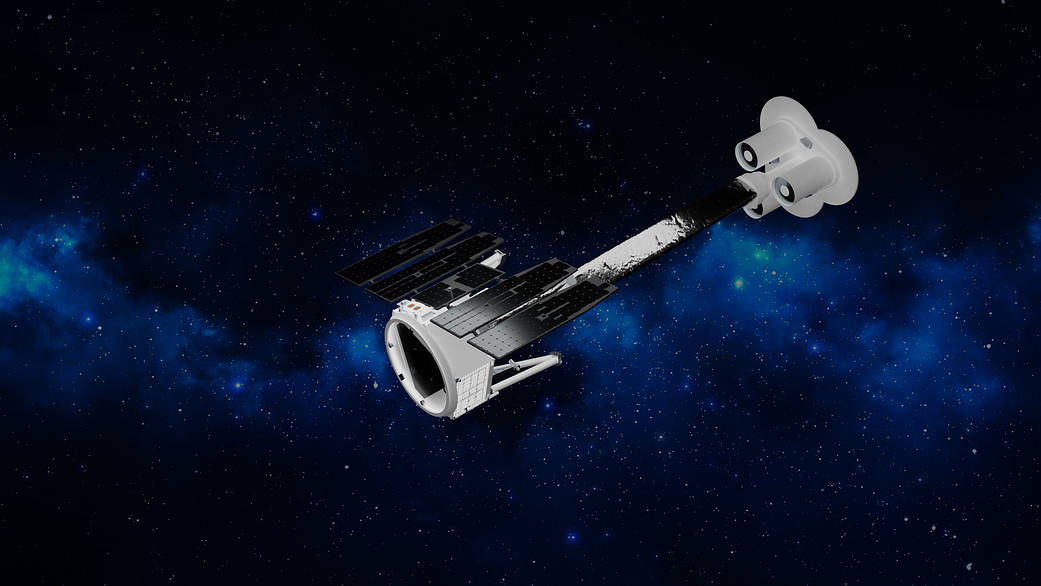
Passion and Precision: Meet IXPE Italian ‘Primo Tecnologo’ Elisabetta Cavazzuti
Italian astrophysicist Elisabetta Cavazzuti spends her spare time rappelling down steep cliffs and waterfalls. This sport, called “canyoning,” combines a sharp respect for physics and precision engineering with a deep love for the beauty of nature. The rest of the time, her focus is on the stars.
Learn More
IXPE is NASA’s first mission to study the polarization of X-rays from many different types of celestial objects.
IXPE builds on the discoveries of NASA’s Chandra X-ray Observatory and other space telescopes by measuring the amount and direction of polarization of X-ray light.
IXPE’s polarization measurements will help scientists answer questions such as why black holes spin, how do pulsars shine so brightly in X-rays, and what powers the jets of energetic particles that are ejected from the region around the supermassive black holes at the centers of galaxies.
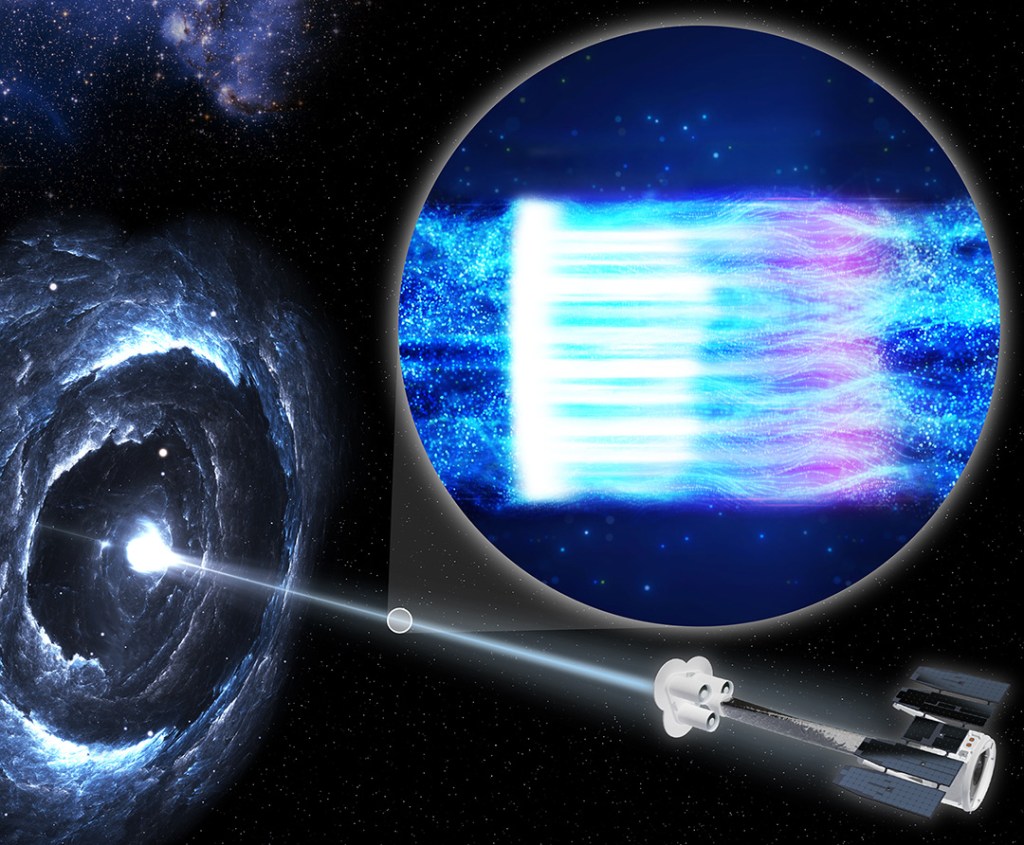
The satellite was launched on a Falcon 9 rocket on Dec. 9, 2021.
IXPE is the first satellite dedicated to measuring the polarization of X-rays from a variety of cosmic sources, such as black holes and neutron stars.
Polarization is a property of light that gives scientists important information about cosmic objects. Before IXPE, X-ray polarization was rarely measured in space. In just one year, IXPE has conducted measurements no telescope has ever been able to make before.
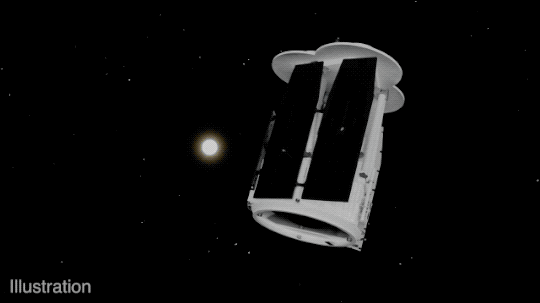
IXPE Blog
Learn more about the people, science, and goals of NASA’s Imaging X-ray Polarimetry Explorer (IXPE).
Learn More about IXPE Blog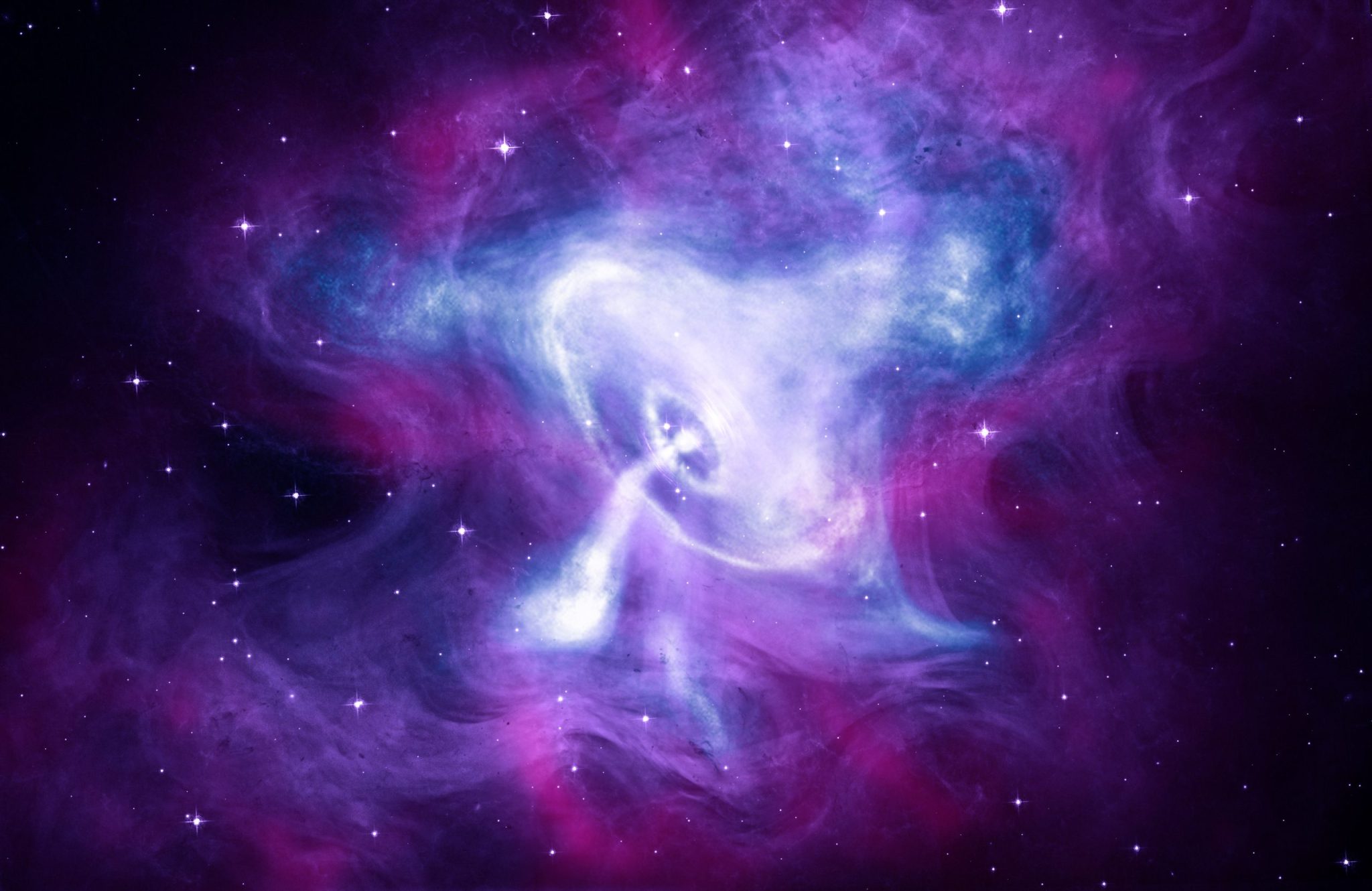
IXPE
Chandra X-ray Observatory
Chandra detects X-ray emissions from very hot regions of the universe such as exploded stars, clusters of galaxies, and matter around black holes.
Learn More


































